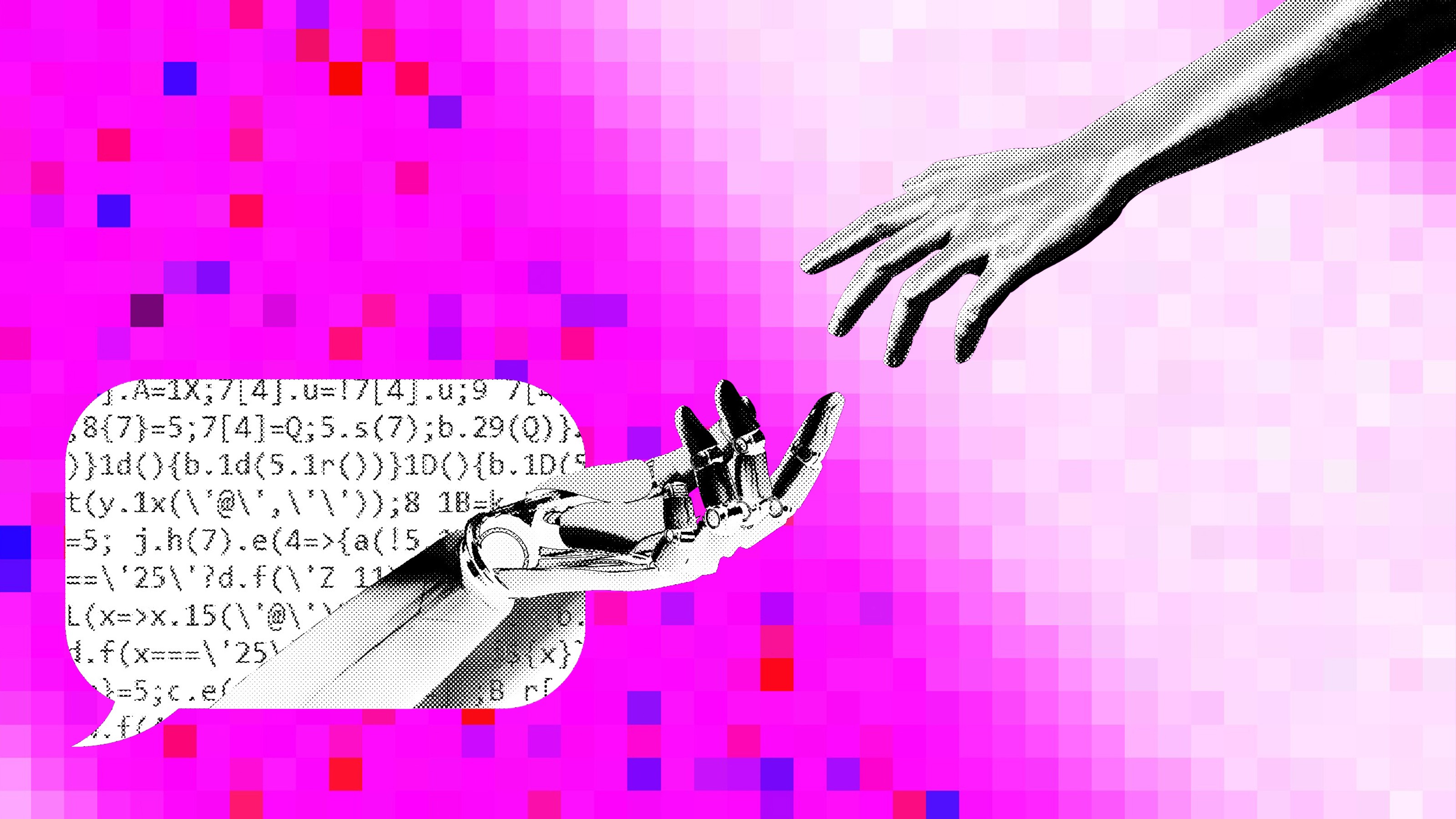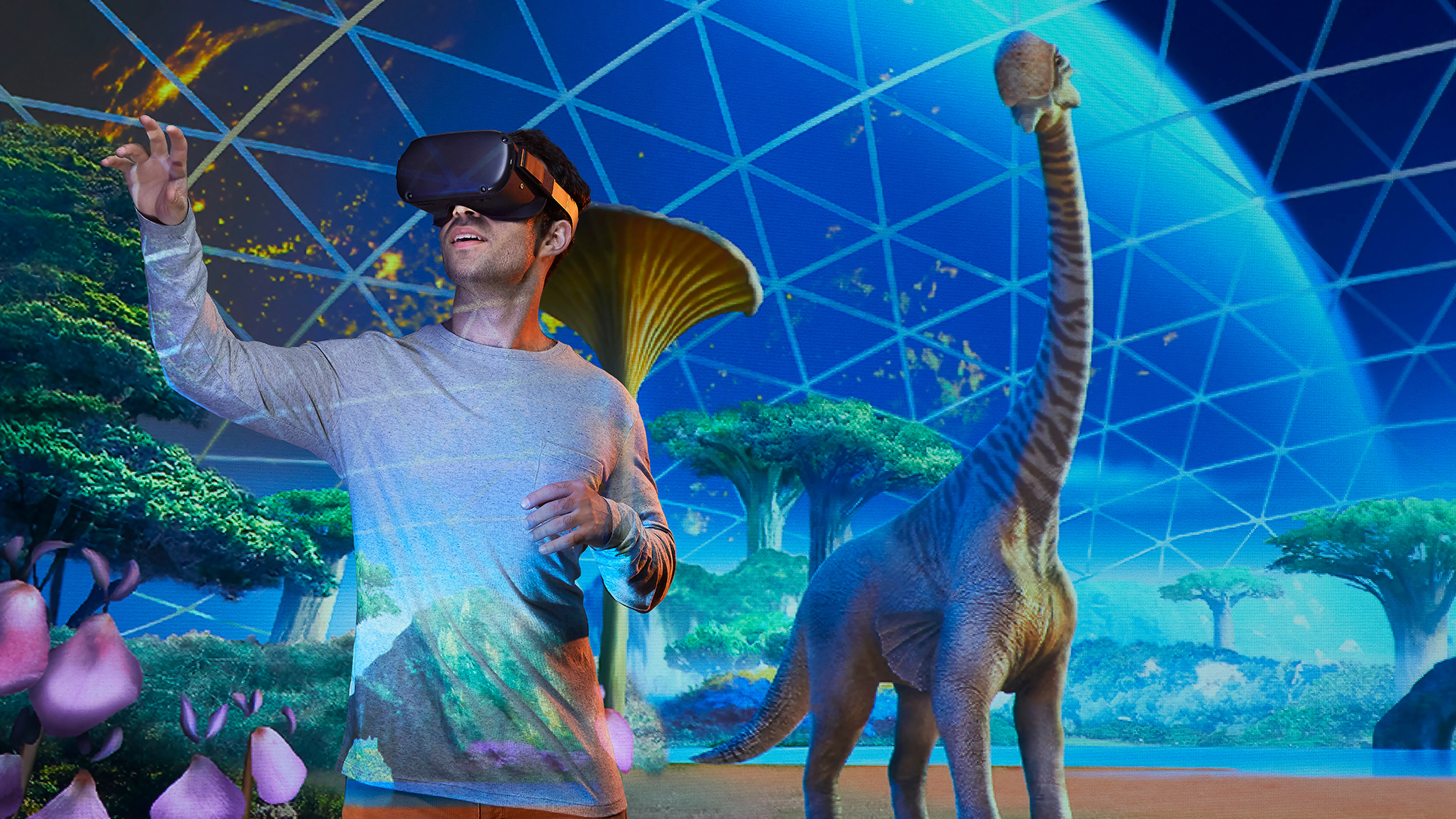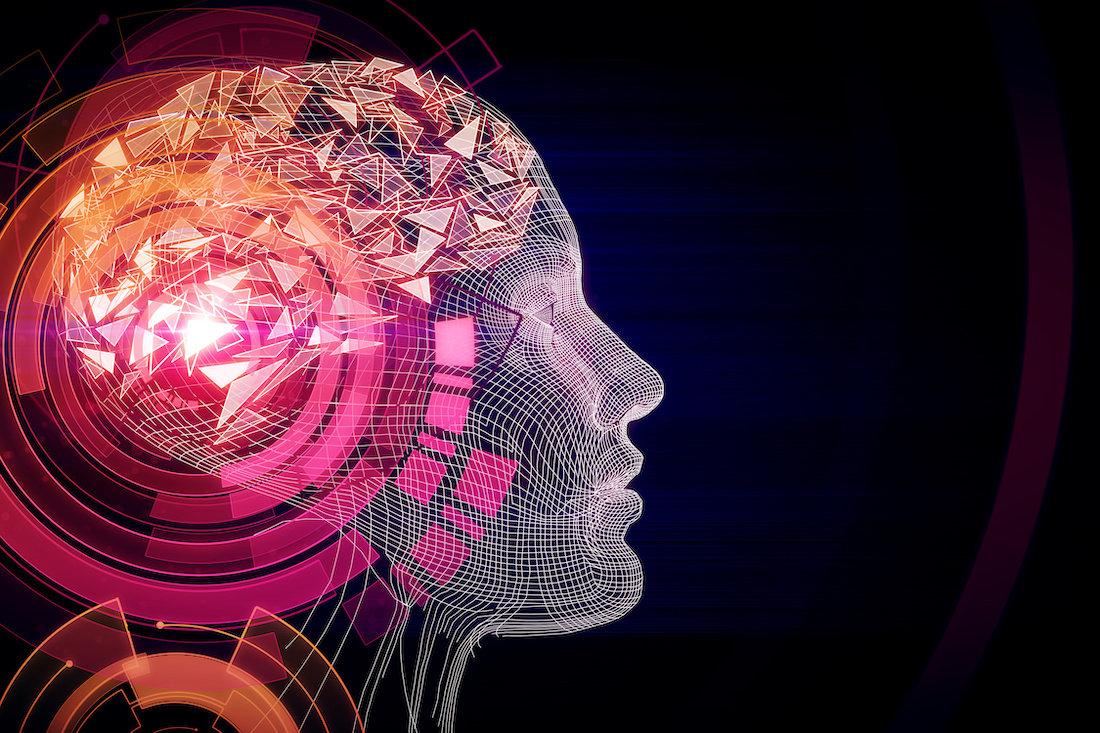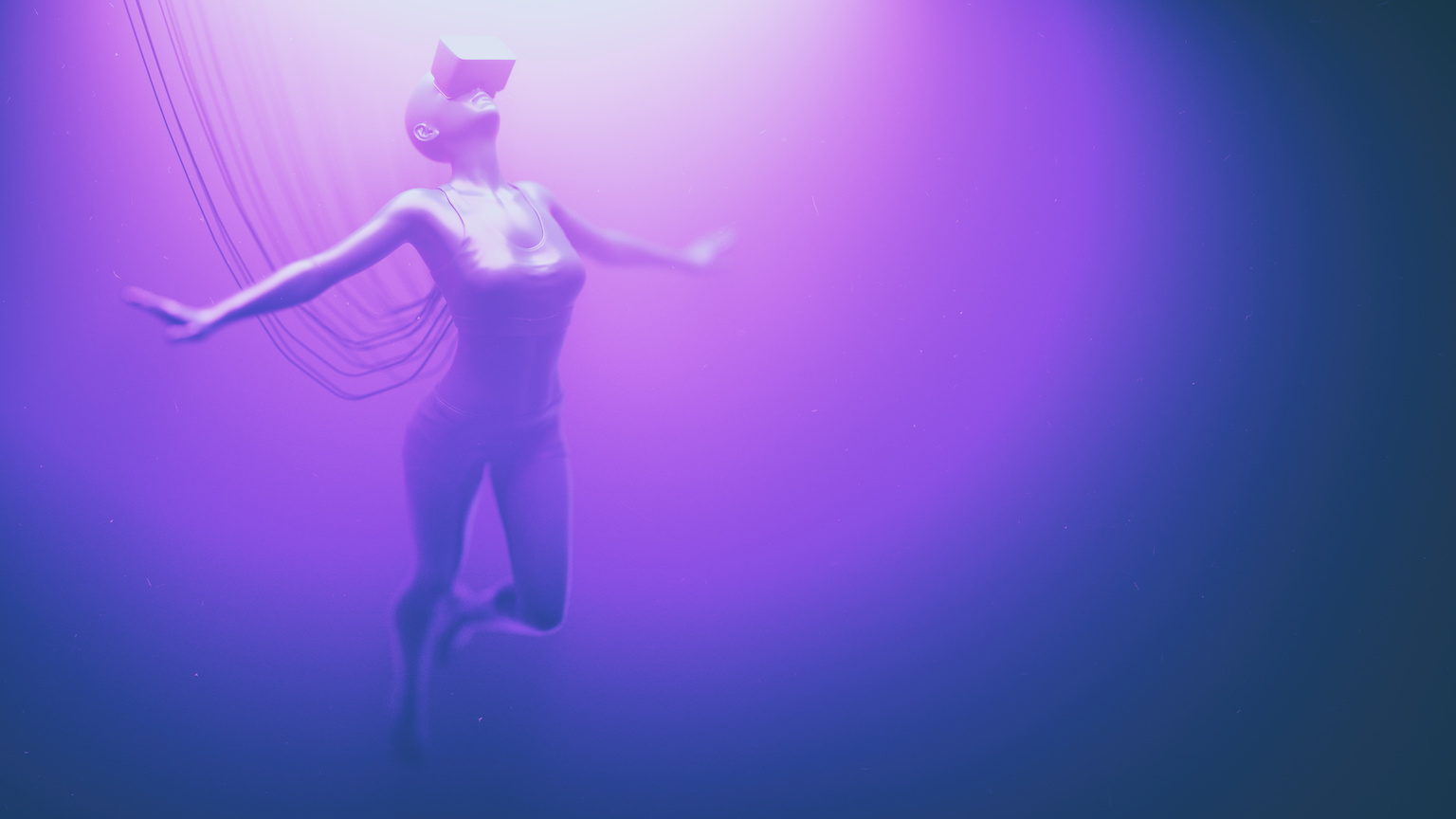The most amazing thing about virtual reality isn’t necessarily the technology behind it, but the way it makes us feel. When you bring virtual reality learning into classrooms, that feeling matters more than ever. Stanford University’s Jeremy Bailenson explains how well-designed VR programs like EcoMUVE and River City boost kids’ intellectual confidence and show students who think they’re not “science-minded” just how capable they truly are. That’s a wonderful thing. So why don’t we just teach every subject in VR? Gains in learning aren’t that automatic across all subjects, says Bailenson. “You shouldn’t use VR for everything. There are a lot of things that work beautifully by the written word and by video, and you shouldn’t just shove everything into [VR] goggles needlessly.” What propels deeper learning is finding the right fit for immersive learning, beyond the surface novelty. Jeremy Bailenson is the author of Experience on Demand: What Virtual Reality Is, How It Works, and What It Can Do.
Jeremy Bailenson is founding director of Stanford University’s Virtual Human Interaction Lab, Thomas More Storke Professor in the Department of Communication, Professor (by courtesy) of Education, Professor (by courtesy) Program in[…]
Bringing virtual reality into the classroom boosts intellectual confidence and defeats the naysayer in your mind.
▸
3 min
—
with
Sign up for Big Think on Substack
The most surprising and impactful new stories delivered to your inbox every week, for free.
Related
Man seeking meaningful relationship at the intersection of on-demand empathy and Rule 34.
Imagine going on a tour through the human circulatory system as a tiny cell. That is just one example of education in the metaverse.
From boosting empathy to improving therapy, virtual reality is poised to change our ideas of the self.
If used improperly, the metaverse could be more divisive than social media and an insidious threat to society and even reality itself.
A primer on the amazing possibilities of mixed reality, augmented reality, and virtual reality technology.





